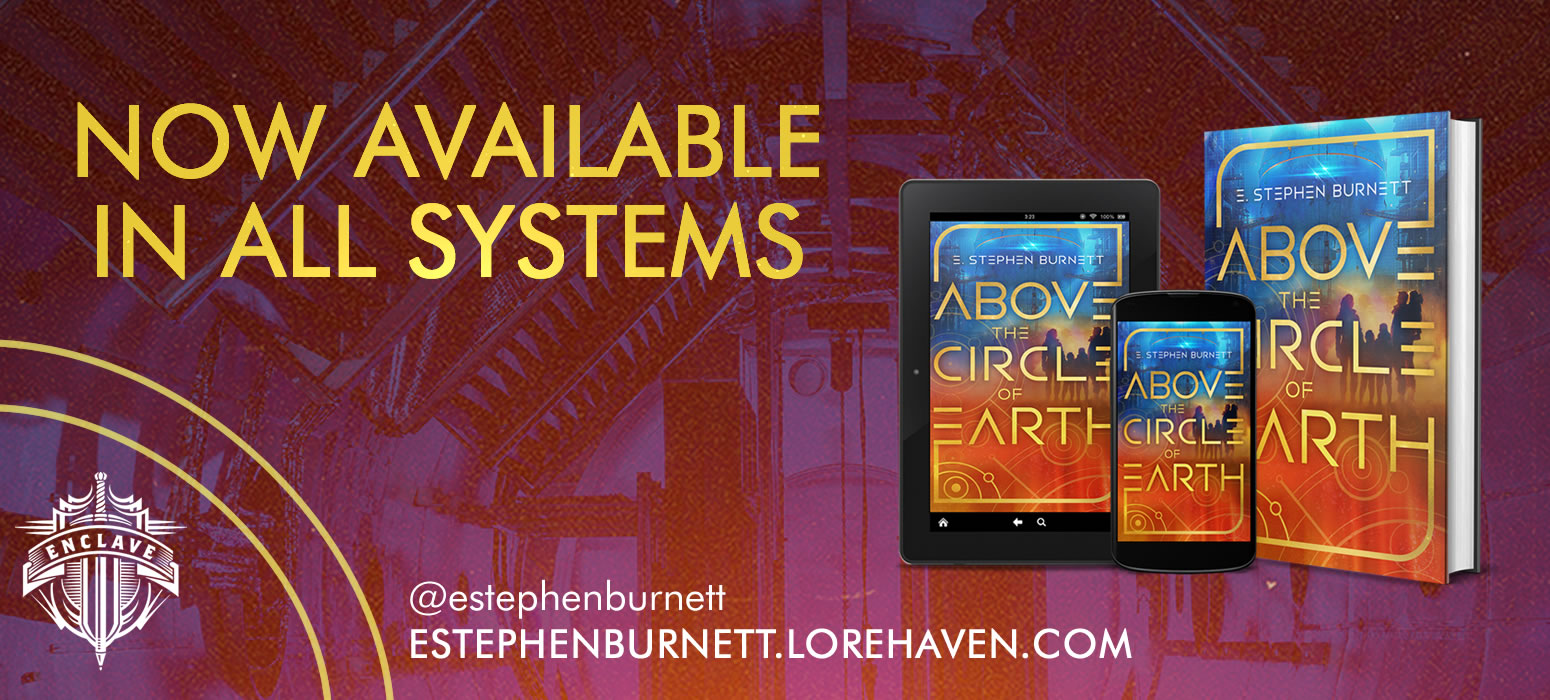Why Franchises Ship Bad Boys with Heroines
Some readers may be surprised to discover the shipping of bad boys with female protagonists in two most recent additions to popular franchises, The Lord of the Rings: The Rings of Power and Stars Wars: The Acolyte.
But both shows were heavily influenced by feminine storytelling. As such, they showcase one of the conundrums of the female psyche: the allure of the bad boy.
In The Acolyte, we see Osha lured to the dark side, partly influenced by Qimir, known as the Stranger. He’s sexy, strong, devious, manipulative, and powerful. He challenges her and feeds her anger, drawing her away from her Jedi teachings.
When Qimir and Osha depart together, she has killed her Jedi master, abandoned her sister, and left the Jedi. She doesn’t look back but forward as they stand side by side, prepared for whatever comes next. Fans called their shipping “Oshamir.”
Similarly, in the first season of The Rings of Power, Galadriel is initially allied with Halbrand, later revealed to be Sauron, the dark lord responsible for her brother’s death. Despite this revelation, the second season hints at a growing connection between Galadriel and Sauron, enhanced by the power of the Elven ring she wears. The showrunners have hinted at shipping these two characters. Incidentally, fans have called their shipping “Haladriel.”
Several times, Galadriel caresses the ring, almost as if she sees herself wedded to Sauron. That’s my interpretation, of course, but rings are powerful symbols in Western culture. On one hand, she doesn’t believe that Sauron’s evil has tainted the ring. On the other, she’s wearing his ring. Galadriel is aware Sauron has manipulated her, but at the same time, she and everyone else knows that he can still dominate her and it’s difficult to resist.
The fascination with the bad boy sometimes defies logic or canon.
So, it’s not really a surprise to see shows written by women, of which some who may enjoy a bad-boy trope, add it to the roster.
Look—as a reader, bad boy romances are my guilty pleasure. In the confines of fiction, they’re a danger that can be explored without real world consequences. But I’d never want to really be with one. Fictional bad boys are fantasies, not role models.
However, some women in real life are drawn to bad boys … real bad boys. Case in point: Wade Wilson (not Deadpool) has been sentenced to the death penalty for killing two women. Shockingly, twenty-five thousands of signatures were collected, nearly all women, who wanted the death penalty reversed.
Why reverse the death penalty? Because thirst trap videos circulated online that captured angles of him walking into the courtroom, moving his hands, or a certain look. The petition itself includes a poem praising the beauty of the murderer. Some signers were motivated because they feel he’s hot and sexy.
You read that right. A man who brutally killed two women should be let off the death penalty because they found him attractive. Which destroys the myth that women aren’t visual. Apparently being hot forgives a multitude of sins, even murder.
The poem in the petition reflected a common mindset, “He can change. I can change him.” To which I want to say, “Sweetheart, if you think you can, let him stay at your house. Let me know how that works out for you.”
This fascination with the dark side seems to reflect a flaw in some women—lure of the forbidden and dangerous, much like Eve’s temptation in the Garden of Eden when she desired the forbidden fruit that “looked very good.”
Bad boys in fiction often represent the opposite of what many women are taught: to be good, polite, restrained, and controlled. They challenge these norms, encouraging the heroine and the audience. It’s not just about glorifying recklessness; it’s about embracing uninhibited freedom.
Bad boys in fiction are fun and exciting. But real life isn’t like what books portray. Yeah, they look good, have magnetic personalities, aggression, and stir all the feel-goods. But as one friend of mine said, “You gotta throw that boy back in the street. He ain’t good for you.”



























200 proof troof, Parker.
hahahaha! Love it Jim!
I think the bad boy trope may also have been perpetuated by men who like the idea that they can still get the good girl without being or becoming a better person themselves. A sort of have their cake and eat it too. Enjoyed your writing! Thanks for sharing!
Thanks for responding. The bad boy DOES represent, to some degree, what men AND women in society aim to be or at least find desirable. Popular ‘bad boy’ characters include Darth Vader, the Fonz, Dracula, Khan, etc. The power to dominate, to make people follow you can be rather intoxicating.
In a non-speculative world, I think of Denzel Washington’s role in ‘Training Day’ where he portrays a corrupt cop. Honestly, it was one of the BEST roles he’d ever played and the hottest, even as he’s making all these horrible decisions and doing horrible things. When he screams out, “King Kong ain’t got nothin’ on me!” I screamed at the theaters.
It’s interesting how that works out sometimes. He WON the award that year for playing that role and that ushered in an era where Denzel Washington took on darker roles.
For the bad girl types, I think of Catwoman, Harley Quinn, and Maleficent. They have their own appeal – beauty, and cold calculation and unpredictability. There’s something to these qualities that appeal.
Great post, Parker!
I’ve never been particularly drawn to the bad boy type, but I get it! It’s so appealing to look at a guy, especially if he’s really hot, and see the potential and excitement. “What if he could become a good person? What if I could help him become a good person?? I’m not perfect and I sure hope someone will accept me for who I am!” It’s insidious, and I’ve seen it damage friends in real life.
Thanks for responding. I was careful to make sure to say ‘some’ women are attracted to the bad boy type because not all are and I’m so glad you mentioned that.
Love this article.
There’s another side to this that I think a lot of women instinctively understand (whether they consciously recognize it or not) but that most men probably won’t get without it being explained to them, and that’s how a woman’s vulnerability can really play into her attraction to a bad guy.
First, there’s the fact that women are inherently more physically vulnerable than men, and we have to rely on the people around us for a lot of our physical safety. In particular, we have to be able to rely on the men we know to defend us if we’re physically threatened, because it’s the men around us who have the ability to physically protect us, not other women. To that end, bad boys’ express traits that could (emphasis on Could) indicate ‘He can be dangerous when needed,’ and that’s very comforting for women. You want a man who will fight on your behalf if necessary, and women instinctively understand that a good man knows how to be dangerous for the right reasons at the right time.
Of course, spaces like the red-pill, pick-up ‘artistry,’ etc. have a completely backwards read on why women read bad boy romances (because of their own desire to control and hurt women). They say women read these sorts of romances, because they want to be treated badly. They like being abused, manipulated, gaslit, treated like lesser humans. But these poor, pathetic, unsafe men understand nothing about women’s subconscious desires that are playing out in these stories.
The bad boy starts the book as unsafe. The spectrum of what this can look like goes from he’s just kind of selfish and doesn’t think about the needs of others to he’s a violent menace. But by the end of the book, he isn’t a bad boy anymore. The female lead has taken an unsafe man and made him safe. He still has the capacity to be dangerous, of course, which is important. He doesn’t suddenly become a meek puppy. He’s just dangerous in the right way now, and his danger is wielded on the female leads behalf rather than against her. There’s a lot of comfort in this kind of narrative, regardless of how possible it actually is in real life, regardless of how safe such a relationship actually is in real life, and regardless of how true it actually is to real life.
A really great video, Women’s Fiction and the Bad Boy, by the youtuber The Authentic Observer, talks about this. She’s not the first person to talk about this or express these ideas, by any means, but her video lays it all out very well if anyone is interested in watching.
Thank you so much for responding. I loved your comments, and you articulated some of my thoughts I was unable to get into the article due to word constraints, accurately. Thanks for sharing!